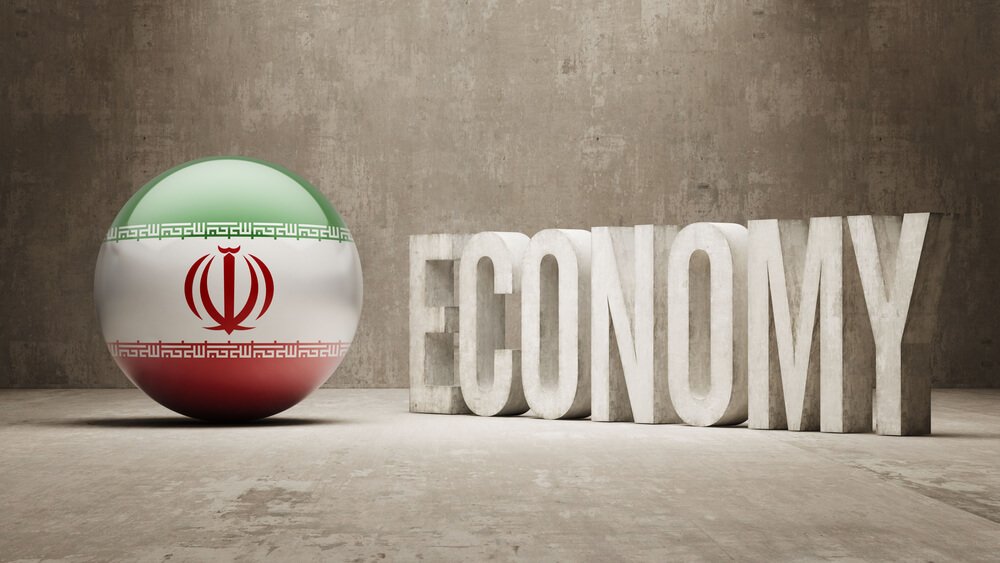Iranian Rial Depreciation Amid Regional Tensions and Economic Challenges
The Iranian rial (IRR) has recently experienced significant depreciation against major currencies, notably the US dollar (USD) and the euro (EUR). As of May 20, 2025, the USD/IRR exchange rate stands at approximately 84,150 rials per dollar, while the EUR/IRR rate is around 94,650 rials per euro.
Factors Influencing the Rial’s Decline
Several interrelated factors contribute to the rial’s ongoing decline:
-
Regional Geopolitical Tensions: Escalating conflicts in the Middle East, particularly involving Iran’s involvement in Syria and heightened tensions with Israel, have intensified market uncertainty. These geopolitical strains have led to capital outflows and diminished investor confidence, exerting downward pressure on the rial. (iranintl.com)
-
Economic Sanctions and Trade Restrictions: The re-imposition of stringent U.S. sanctions has severely restricted Iran’s access to international financial markets. This isolation hampers the country’s ability to generate foreign exchange reserves, further devaluing the rial. (iranintl.com)
- Domestic Economic Mismanagement: Persistent inflation, reported at 30%, coupled with economic mismanagement, has eroded the rial’s value. The government’s official exchange rate of 400,000 rials per dollar contrasts sharply with the open market rate, indicating a significant disparity and lack of confidence in official figures. (iranintl.com)
Implications for the Iranian Economy
The depreciation of the rial has profound implications for Iran’s economy:
-
Inflationary Pressures: The weakening rial has led to soaring import costs, contributing to rising prices for essential goods and services. This inflationary trend disproportionately affects the lower-income population, exacerbating social unrest. (en.wikipedia.org)
-
Erosion of Savings: Citizens’ savings, predominantly held in rials, have diminished in value, reducing purchasing power and increasing economic hardship.
- Potential for Social Unrest: Economic hardships stemming from currency devaluation and inflation may fuel public dissatisfaction, potentially leading to increased protests and social unrest. (en.wikipedia.org)
Outlook
The Iranian rial’s future trajectory remains uncertain, contingent upon geopolitical developments, domestic economic policies, and international diplomatic efforts. Addressing the rial’s decline necessitates comprehensive economic reforms, stabilization of regional relations, and strategic engagement with the global community to restore investor confidence and economic stability.
Note: This analysis is based on available information as of May 20, 2025, and is subject to change as new data emerges.

Leave a Reply